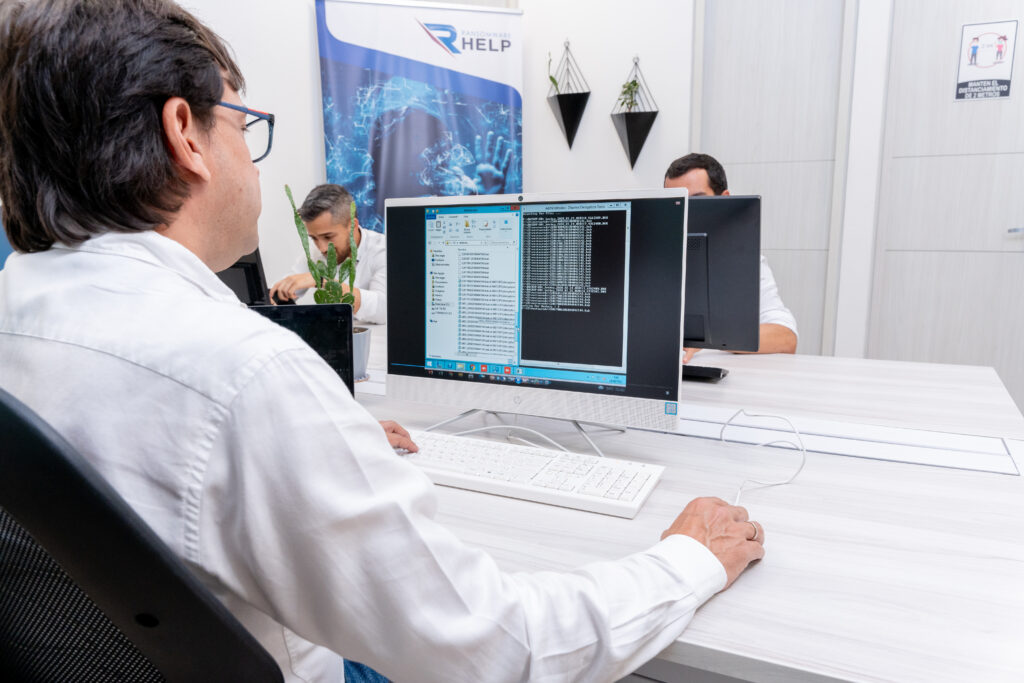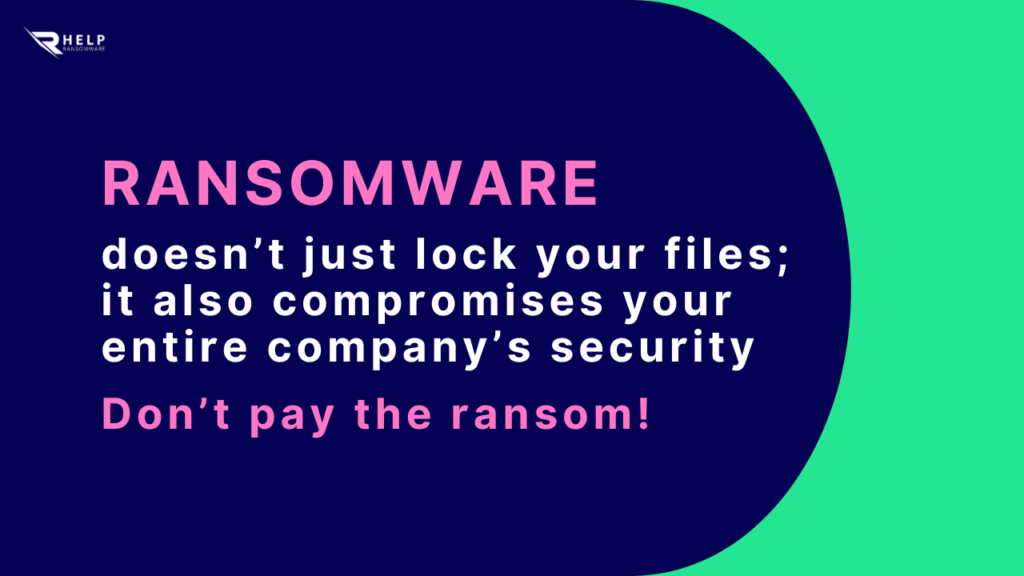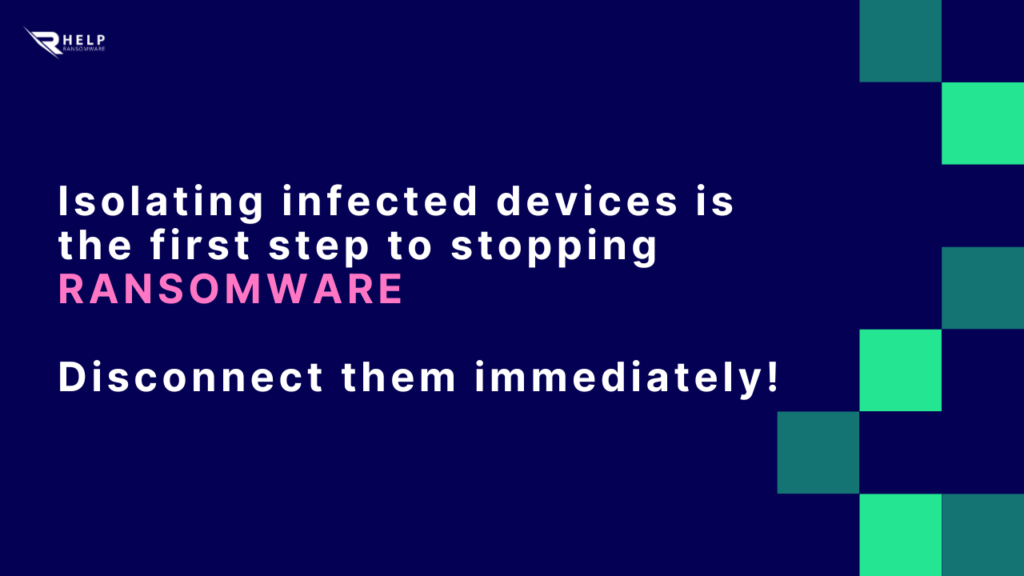Ransomware has become one of the most devastating threats for businesses and users in the digital age. This type of malware encrypts the victim’s files and demands a ransom to restore access, which can paralyze critical operations and cause severe financial consequences.

Fast & Guaranteed Recovery
HelpRansomware provides a 100% guaranteed ransomware removal and data recovery service, with 24/7 worldwide assistance.
As cybercriminal tactics become increasingly sophisticated, responding effectively and recovering data has become more challenging.
The growing threat of ransomware has led to the emergence of multiple recovery solutions, but not all of them are effective or reliable. Many businesses and individuals fall into the trap of paying the ransom, which not only fails to guarantee file recovery but also encourages attackers to continue executing their malicious schemes.
In this article, we will analyze in detail how to recover encrypted files after a ransomware attack, what options are available on the market, and why HelpRansomware is the only real solution to achieve recovery without compromising security or funding illicit activities.

What to Do If Your Files Have Been Encrypted? 🔓
A ransomware attack can create a sense of desperation and helplessness, but acting quickly and strategically is essential to minimize damage and increase the chances of recovery.
The first thing you should do is stay calm and avoid acting impulsively, as every decision you make at this moment can influence the success or failure of data recovery.
If you discover that your files have been encrypted, follow these key steps to mitigate the impact:
1. Do Not Pay the Ransom ❌
While it may seem like the fastest solution, paying does not guarantee data recovery. In fact, 92% of companies that paid the ransom suffered subsequent attacks (Cybereason). Additionally, by paying, you would be financing more illicit activities and strengthening the cybercrime industry.
2. Isolate Affected Devices 🔌
Disconnect infected devices from the network immediately to prevent the malware from spreading to other connected systems.
Ransomware tends to spread rapidly within corporate infrastructures, infecting other devices and servers within minutes. Shutting down network connections is a critical step to contain the damage and avoid a larger catastrophe.
3. Identify the Type of Ransomware 🔍
Not all ransomware operates the same way, so identifying the specific type can help find a possible solution. Using tools like ID Ransomware, you can determine if a public decryption key is available.
In some cases, cybersecurity researchers have successfully decrypted certain types of ransomware, providing a potential avenue for recovery without the need to negotiate with attackers.
4. Contact Data Recovery Experts 📞
Specialized companies like HelpRansomware have advanced tools to recover files without paying ransoms.
Unlike generic automated solutions, experts analyze each case individually and employ forensic techniques to maximize the probability of a successful data restoration.

Effective Methods for Recovering Encrypted Files 🔑
The success of data recovery largely depends on the strategy used. Not all solutions apply to all types of ransomware, so it is crucial to understand the available alternatives and choose the most effective one for the specific case.
1. Restore from Backups 🗂️
If you have recent and secure backups, you should be able to recover your files without issue. However, having a backup is not enough—it is essential that these copies be immutable and stored in isolated environments to prevent ransomware from encrypting them as well.
Best practices include:
- Keeping offline backups on external hard drives or cloud storage with advanced protection.
- Automating regular backups and storing them in multiple locations to ensure availability in case of disaster.
- Verifying the integrity of backups before restoring them, as some ransomware may remain dormant in the system and re-trigger encryption after restoration.
2. Decryption Tools 🔐
In some cases, cybersecurity researchers have successfully developed free tools to decrypt files affected by specific ransomware. However:
- Not all ransomware types have public decryption tools available. Many of the newer variants use advanced encryption that has not yet been broken.
- Cybercriminals constantly update their code to prevent their encryption methods from being compromised, which limits the effectiveness of these tools.
3. Professional Data Recovery Services 🛠️
HelpRansomware offers a specialized service for recovering files without paying ransoms.
Their advantages include:
- Advanced ransomware analysis to determine the best recovery strategy without compromising other systems.
- Use of artificial intelligence and forensic techniques to restore encrypted files without relying on attackers.
- Cybersecurity consulting to strengthen infrastructure protection and prevent future attacks.
Why Is HelpRansomware the Best Option? 🚀
Traditional solutions do not always guarantee safe and effective recovery. HelpRansomware offers:
- File recovery without paying ransoms, avoiding the funding of cybercriminals and promoting an ethical approach to cybersecurity.
- Advanced technology and cybersecurity expertise, supported by digital forensic analysis experts.
- Proactive protection to prevent future attacks, with security audits, employee training, and customized contingency plans.
Don’t let cybercriminals win. Contact HelpRansomware for a free security assessment. 🔒

Expert Ransomware Removal
Our certified professionals have over 25 years of experience in ransomware removal, data recovery, and computer security.



